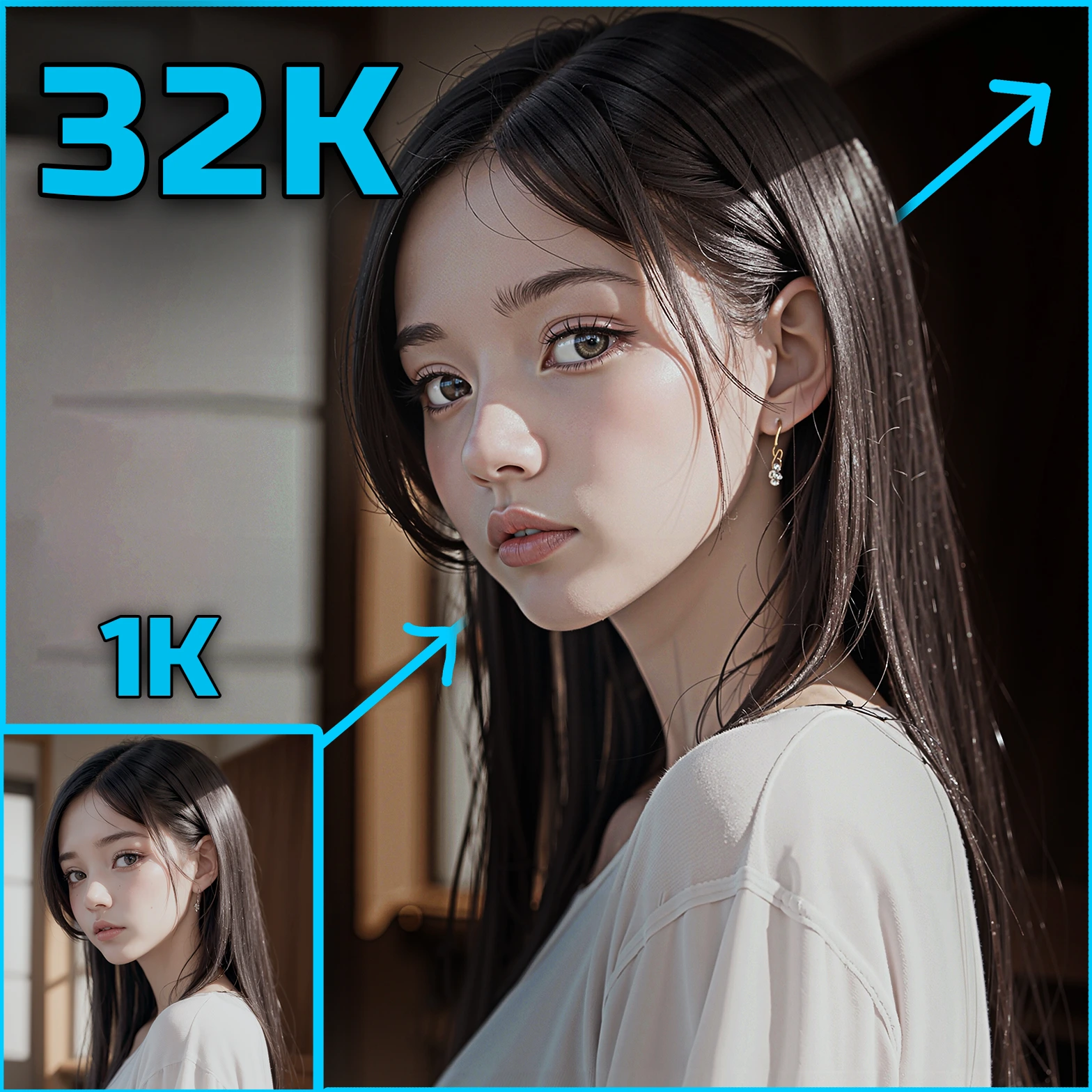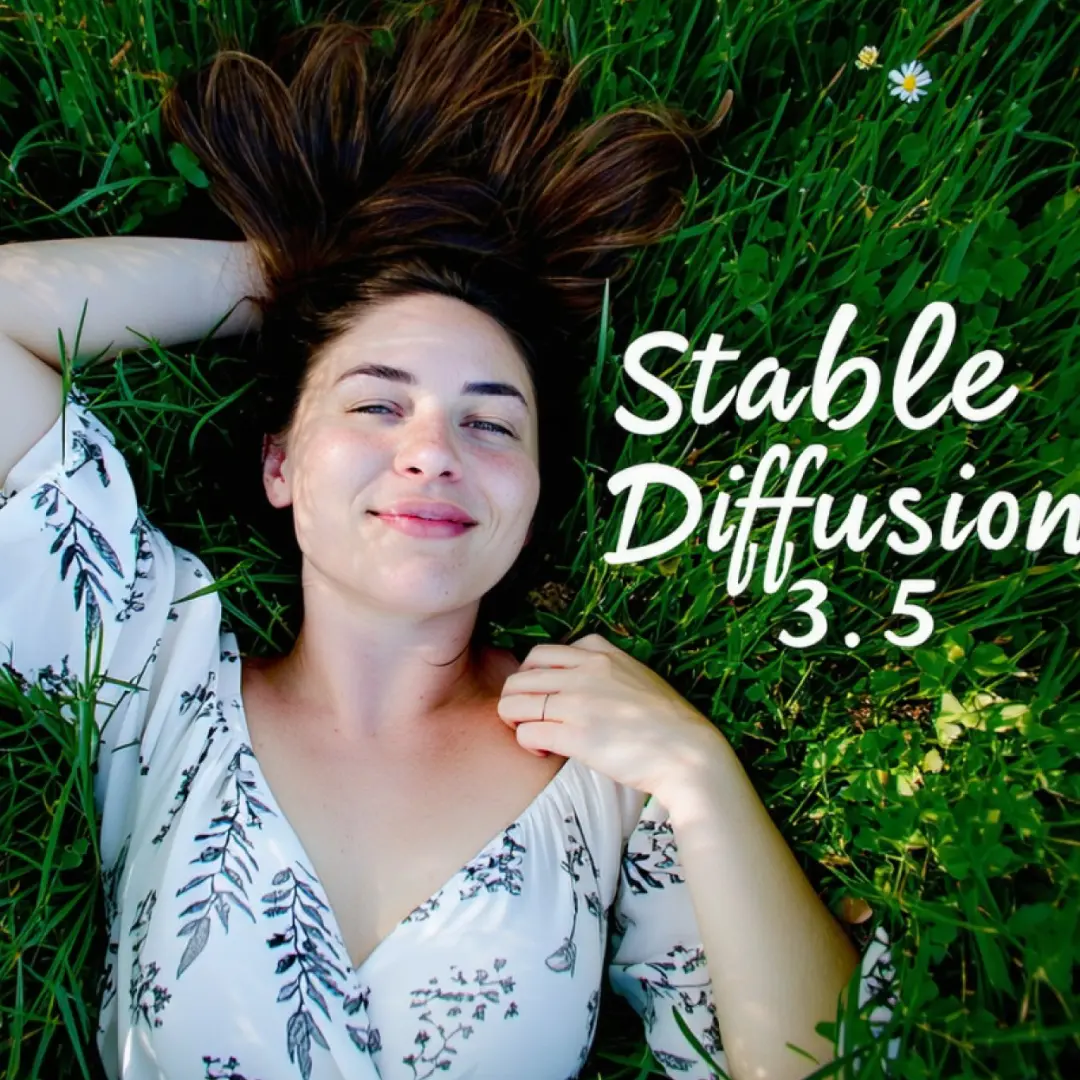ComfyUI Node: MuseVRun
MuseVRun
CategoryMuseV
chaojie (Account age: 5118days) Extension
ComfyUI-MuseV Latest Updated
2024-05-22 Github Stars
0.16K
How to Install ComfyUI-MuseV
Install this extension via the ComfyUI Manager by searching for ComfyUI-MuseV- 1. Click the Manager button in the main menu
- 2. Select Custom Nodes Manager button
- 3. Enter ComfyUI-MuseV in the search bar
Visit ComfyUI Online for ready-to-use ComfyUI environment
- Free trial available
- 16GB VRAM to 80GB VRAM GPU machines
- 400+ preloaded models/nodes
- Freedom to upload custom models/nodes
- 200+ ready-to-run workflows
- 100% private workspace with up to 200GB storage
- Dedicated Support
MuseVRun Description
Generate high-fidelity virtual human videos with AI denoising for AI artists.
MuseVRun:
MuseVRun is a powerful node designed to generate high-fidelity, infinite-length virtual human videos with visual conditioned parallel denoising. This node leverages advanced AI techniques to create seamless and realistic video content, making it an invaluable tool for AI artists looking to produce high-quality virtual human animations. The primary goal of MuseVRun is to simplify the process of video generation by providing a streamlined interface that handles complex tasks such as image processing, video length management, and denoising, ensuring that the output is both visually appealing and technically sound.
MuseVRun Input Parameters:
ref_image
This parameter takes the reference image that will be used as the basis for generating the video. The quality and content of this image significantly impact the final video output, as it sets the initial visual context.
prompt
The prompt parameter allows you to input a textual description that guides the video generation process. This description helps the model understand the desired content and style of the video.
video_path
This parameter specifies the path to the video file that will be used as a reference or input for the generation process. It is crucial for defining the source material that the node will work with.
img_edge_ratio
This floating-point parameter, with a default value of 1.0, controls the edge ratio of the images in the video. Adjusting this ratio can affect the sharpness and clarity of the video edges.
video_len
An integer parameter that sets the length of the generated video. The default value is 12, but you can adjust it to create shorter or longer videos as needed.
seed
This integer parameter, with a default value of 1234, is used to initialize the random number generator for reproducibility. Changing the seed value can result in different video outputs.
width
This integer parameter defines the width of the generated video. The default value is 563 pixels, but you can adjust it to fit your specific requirements.
height
This integer parameter sets the height of the generated video. The default value is 714 pixels, but it can be modified to match your desired video dimensions.
first_redraw_steps
An integer parameter that determines the number of steps for the first redraw. The default value is 30, and adjusting this can influence the initial quality of the video frames.
video_steps
This integer parameter, with a default value of 10, sets the number of steps for video generation. It controls the iterative process of refining the video content.
first_redraw_guidance_scale
A floating-point parameter with a default value of 7.5, this controls the guidance scale for the first redraw. It affects how closely the generated video follows the initial prompt.
video_guidance_scale
This floating-point parameter, with a default value of 3.5, sets the guidance scale for the video generation process. It influences the overall adherence to the prompt throughout the video.
sd_model_name
This parameter allows you to select the model used for video generation. Options include "majicmixRealv6Fp16" and "fantasticmix_v10," with "majicmixRealv6Fp16" as the default. The choice of model can significantly impact the style and quality of the video.
uselcm
A boolean parameter with a default value of False, this determines whether to use the LCM (Latent Consistency Model) during video generation. Enabling this can enhance the consistency of the generated video frames.
MuseVRun Output Parameters:
IMAGE
The output of the MuseVRun node is an image that represents the generated video content. This image is the final result of the video generation process, encapsulating all the visual elements and styles defined by the input parameters.
MuseVRun Usage Tips:
- Ensure that the reference image (ref_image) is of high quality and relevant to the desired video content to achieve the best results.
- Experiment with different prompt descriptions to guide the video generation process effectively and achieve the desired style and content.
- Adjust the video_len parameter to control the length of the generated video, keeping in mind that longer videos may require more processing time.
- Use the seed parameter to reproduce specific video outputs or to explore different variations by changing the seed value.
- Select the appropriate model (sd_model_name) based on the desired video style and quality, as different models can produce significantly different results.
MuseVRun Common Errors and Solutions:
"FileNotFoundError: [Errno 2] No such file or directory: 'video_path'"
- Explanation: This error occurs when the specified video_path does not exist or is incorrect.
- Solution: Verify that the video_path is correct and that the file exists at the specified location.
"ValueError: Invalid value for img_edge_ratio"
- Explanation: This error occurs when the img_edge_ratio parameter is set to a value outside the acceptable range.
- Solution: Ensure that the img_edge_ratio is set to a valid floating-point number, typically between 0.0 and 2.0.
"TypeError: prompt must be a string"
- Explanation: This error occurs when the prompt parameter is not provided as a string.
- Solution: Make sure to input the prompt as a textual description enclosed in quotes.
"RuntimeError: Model sd_model_name not found"
- Explanation: This error occurs when the specified sd_model_name is not available or misspelled.
- Solution: Check the available model options and ensure that the sd_model_name is correctly specified as either "majicmixRealv6Fp16" or "fantasticmix_v10".
"ValueError: video_len must be a positive integer"
- Explanation: This error occurs when the video_len parameter is set to a non-positive integer.
- Solution: Ensure that video_len is set to a positive integer value to define the length of the generated video.
MuseVRun Related Nodes
RunComfy is the premier ComfyUI platform, offering ComfyUI online environment and services, along with ComfyUI workflows featuring stunning visuals. RunComfy also provides AI Playground, enabling artists to harness the latest AI tools to create incredible art.




